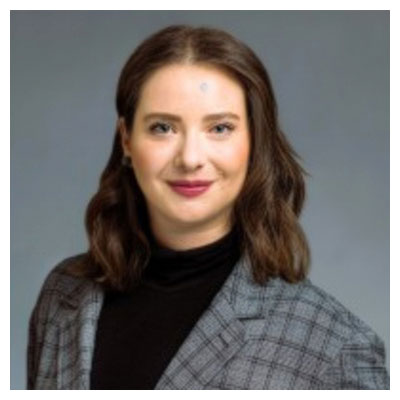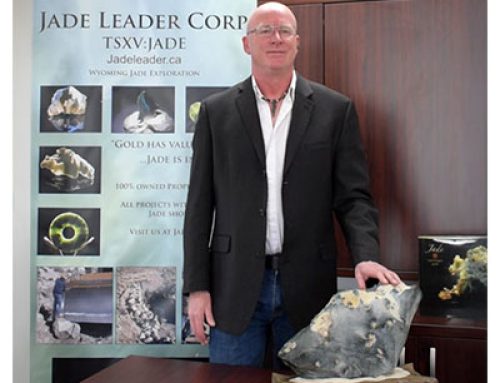Please join the Calgary Mineral Exploration Group on Friday, October 17th for a talk given by Miriam Clark, MBA.
If you would like to attend the luncheon, please RSVP by email at megcalgary@gmail.com or by selecting one of the options below.
**Please RSVP as soon as possible to accommodate everyone for lunch.
If you’d like to pay the Membership or Luncheon fee online, please click on the appropriate link below to be redirected to the secure Square website. Otherwise cash payment is available at the door.
- MEGS Friday Luncheons/Technical Talks: $30
- MEGS Membership: $25
- Talk and Beverage (Water, Coffee, Pop): $10
- Luncheon Non-members: $35 + GST
Luncheon Details:
Date: Friday, October 17, 2025
Location: Kerby Centre – downtown Calgary (1133 – 7th Ave. SW)
Doors open at 11:30 am
Talk starts at 12:00 pm (NOTE TIME FOR THIS LUNCHEON)
Membership: $25
Luncheon for Members: $30
Luncheon Non-members: $35
Talk and Beverage (Coffee, Juice, Pop): $10
University, SAIT, NAIT students: FREE with student ID (with purchase of membership)
NOTE: There is complimentary parking at the Kerby Centre. Parking lots are located beside the building (east) or across the LRT (North). Register your vehicle at Reception.
Presentation Abstract:
Planning for post-mining land use, or mine closure isn’t often discussed at the exploration phase. As a result, disparate closure expectations from mining project proponents and stakeholders frequently becomes a challenge early in a mining project’s development. When these differing expectations are not reconciled early and re-assessed regularly throughout the project lifecycle, it can lead to costly delays in environmental assessment and permitting, as well as the development and communication of unrealistic closure timelines and underestimated closure liabilities. These inconsistencies can directly impact project feasibility, investor confidence, and long-term financial planning.
Both the International Council on Mining and Metal’s Integrated Closure Good Practice Guide, and ISO Standard 21795-1 Mine closure and reclamation planning emphasize the importance of a shared closure vision as the foundation for economically sound closure and reclamation planning. However, mining projects frequently leap to defining closure objectives and implementing generic closure activities without first establishing alignment on a shared closure vision. This can result in inefficient allocation of resources and increased financial risk.
By first securing alignment on the closure vision, including post mining land use potential and design principles, a mining project can ensure closure objectives are site-specific, economically viable, and communicated as outcomes rather than prescriptive actions. This enables agreement on an acceptable level of residual risk to achieve the closure vision and exploration into the potential for future, post-mining land use.
Join Okane for an introductory presentation about the role of the Closure Vision and Integrated Closure Planning in decreasing permitting risk and improving stakeholder and rightsholder participation.
Presenter Bio:
Miriam Clark, MBA, P.Eng., GCB.D
Miriam is a professional engineer with more than 18 years of experience in energy infrastructure and mining projects. At Okane, she leads strategic pursuits including new market development and corporate partnerships, with a core focus on fostering strong client, stakeholder, and Indigenous relationships.
Miriam is an experienced project manager, with expertise in contract set up and engineering management. She has managed major infrastructure projects from early phase feasibility studies, through detailed engineering, stakeholder engagement, regulatory application, final investment decision and construction.
Miriam sits on the Diversity and Inclusion Advisory Committee for the Canadian Institute of Mining, Metallurgy and Petroleum, and is a founding Director of the Calgary chapter for Women in Mining Canada.






